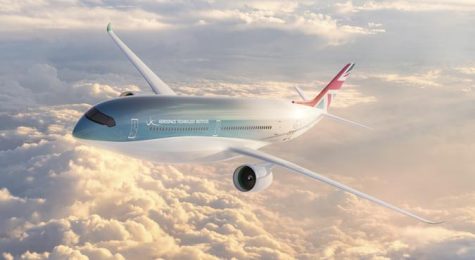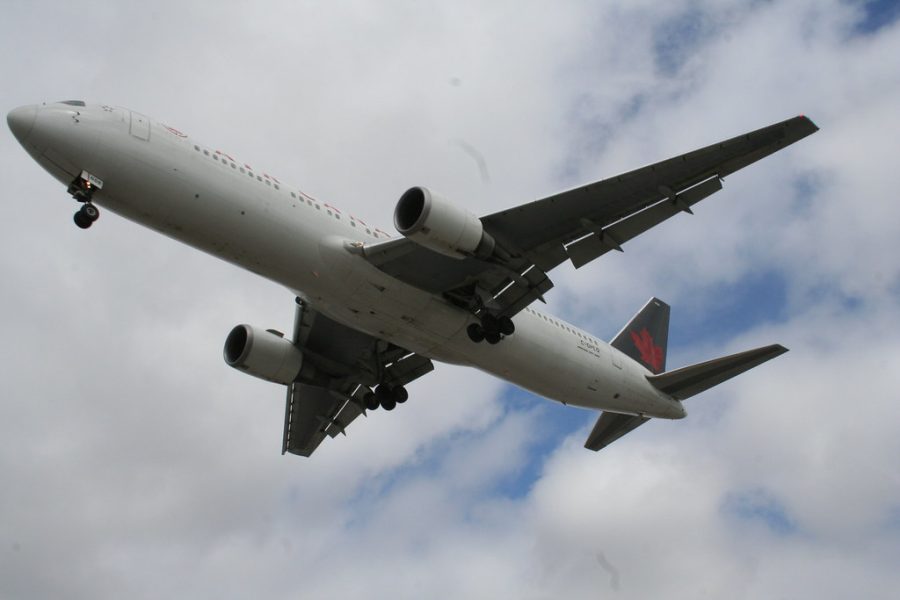Physics of a plane
How planes fly
The physics of a plane comprise 4 things. Lift is the force that causes an aircraft to take off, thrust is the power
which pushes it forward, traction is the force that slows it down , and gravity is the force that tries to bring it down
back to the ground. Thrust and lift are the two forces that keep the plane flying; drag and gravity are the
two forces have the effect of shortening the flight of the aircraft.
Thrust – The force that propels the aircraft forward. An aircraft’s thrust is a mechanical force produced by its engines or propellers. In a paper airplane, thrust
created by someone’s arm throwing it. Lift – The force that propels an aircraft upwards. An aircraft with specially designed wings called airfoils move the air over the tips of the wings faster.
air under the wing, creating a higher pressure under the wing. Energy flows from a higher energy level to a lower one;

The difference in pressure above and below the wing causes an upward force called lift. Gravity – The force that pulls the plane down. Gravity is the force that pulls everything towards the center of the earth. The larger an object, the stronger the force of Gravity. Lighter aircraft will require less thrust and lift to climb and stay aloft. Adding weight to the rear of the plane shifts the center of gravity to the rear.
(Note: When young people test,
it’s important to know that adding staples can initially improve flight performance, but with enough
staples, which will eventually make the flight unstable.)
Pull – The force that pushes on an object.
Planes are designed to be long and thin, with pointed noses so they can move through the air with
reduced drag or drag. If an airplane had a larger surface, it would have to push more air,
and requires more energy to move forward.
https://www.scientificamerican.com/article/no-one-can-explain-why-planes-stay-in-the-air//
https://www.real-world-physics-problems.com/how-airplanes-fly.html















